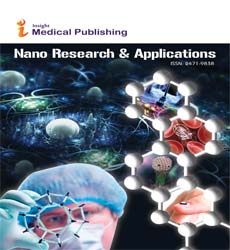R2R slot die coating of P-I-N Perovskite Solar Cells
Rahul Patidar
Abstract
The ability of metal halide perovskite to solution process opens a window for high through put manufacturing of perovskite solar cells(PSCs). High efficiency PSCs can be processed entirely from solution and onto flexible substrates. This makes them ideal for high throughput manufacturing process like roll-to-roll (R2R). R2R is a continuous processing of flexible substrates as it is transferred between moving rolls. Common R2R compatible techniques such as screen printing, inkjet printing, spray coating, slot die coating, gravure printing and blade coating have been demonstrated for the fabrication of PSCs1 . Among these, gravure and slot die coatings are only reported methods for R2R processing of PSCs. Slot die coating is more preferable because its suitable with wide range of ink rheologies, from low viscosity inks like perovskite to highly viscous paste like carbon. Here, all layers of a p-i-n PSC (Fig.1a) are slot die coated using a R2R smartcoater onto ITO PET substrate except contact. The devices are completed with evaporation of a metallic contact. Moreover, use of halogenated solvent like chlorobenzene (widely used in highly efficient spin coated device) which also has a low work exposure limit does not meet the criteria of scaling up. To address this, we introduce an alternative solvent mixture for Phenyl-C60-butyric acid methyl ester (PCBM) replacing chloro benzene. The R2R processed device using the new solvent mixture resulted in stable power conversion efficiency (PCE) of 12.2%.
Open Access Journals
- Aquaculture & Veterinary Science
- Chemistry & Chemical Sciences
- Clinical Sciences
- Engineering
- General Science
- Genetics & Molecular Biology
- Health Care & Nursing
- Immunology & Microbiology
- Materials Science
- Mathematics & Physics
- Medical Sciences
- Neurology & Psychiatry
- Oncology & Cancer Science
- Pharmaceutical Sciences
